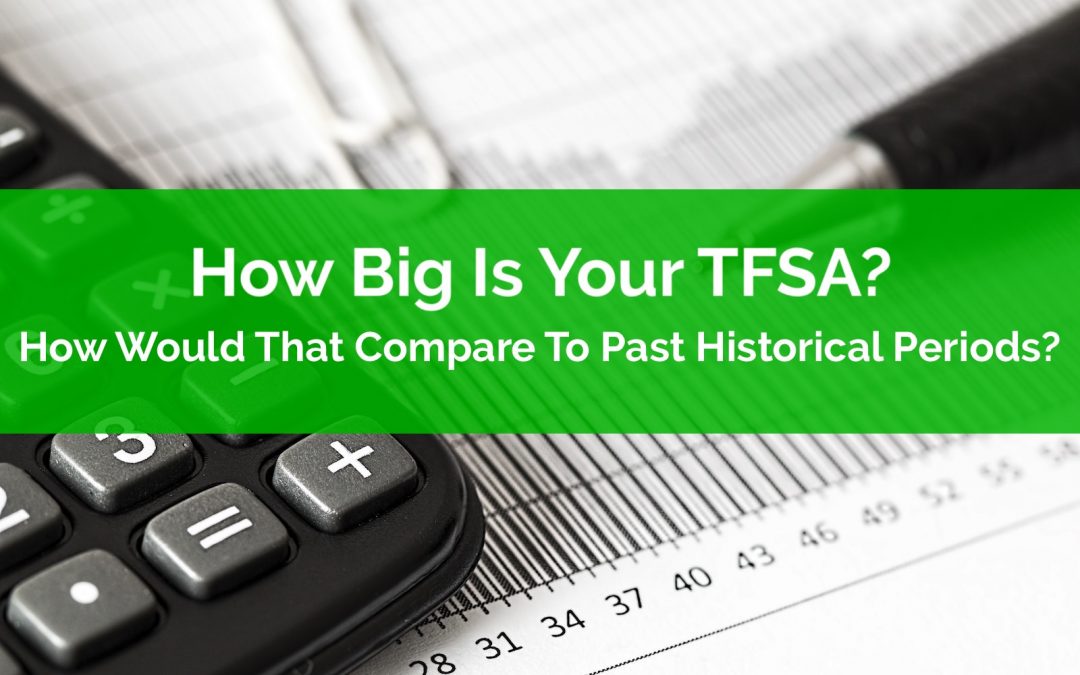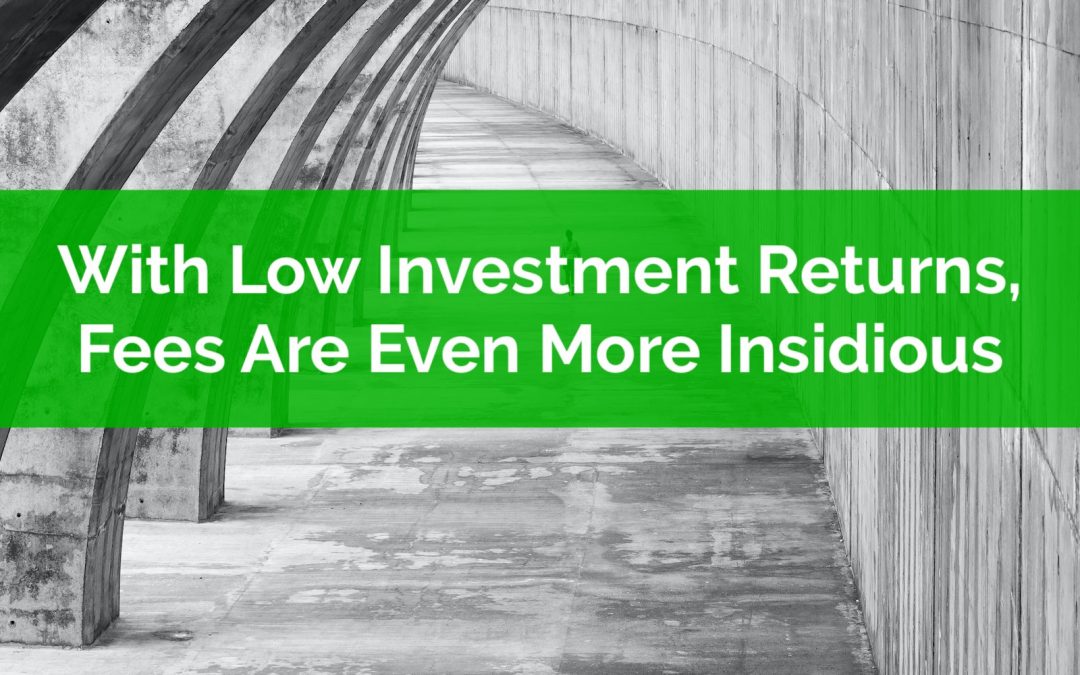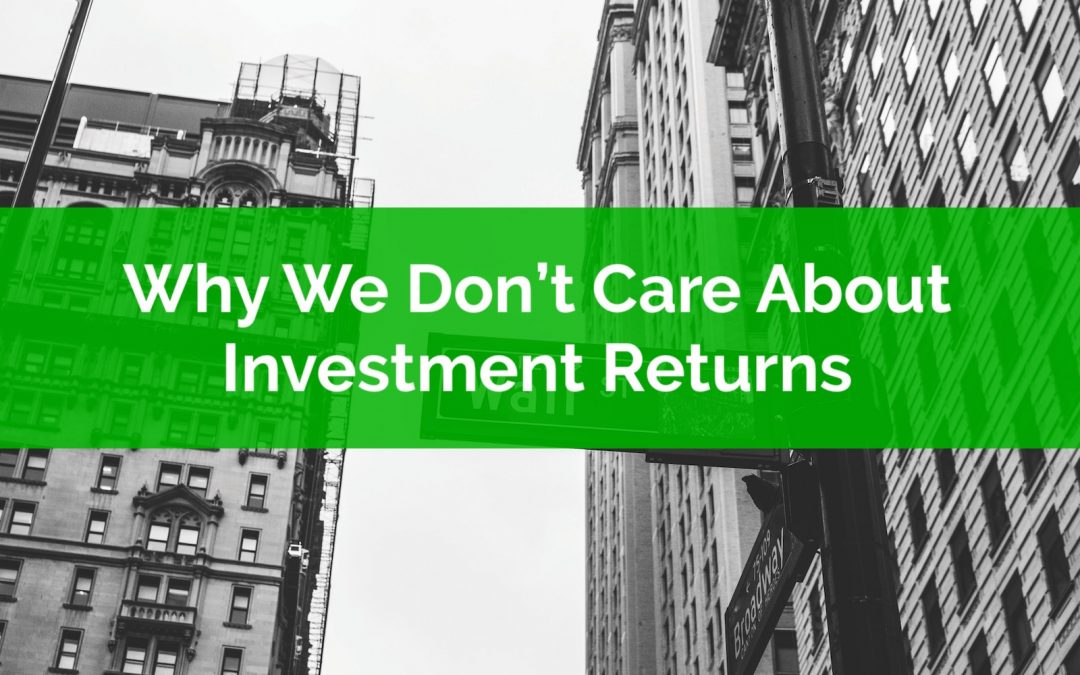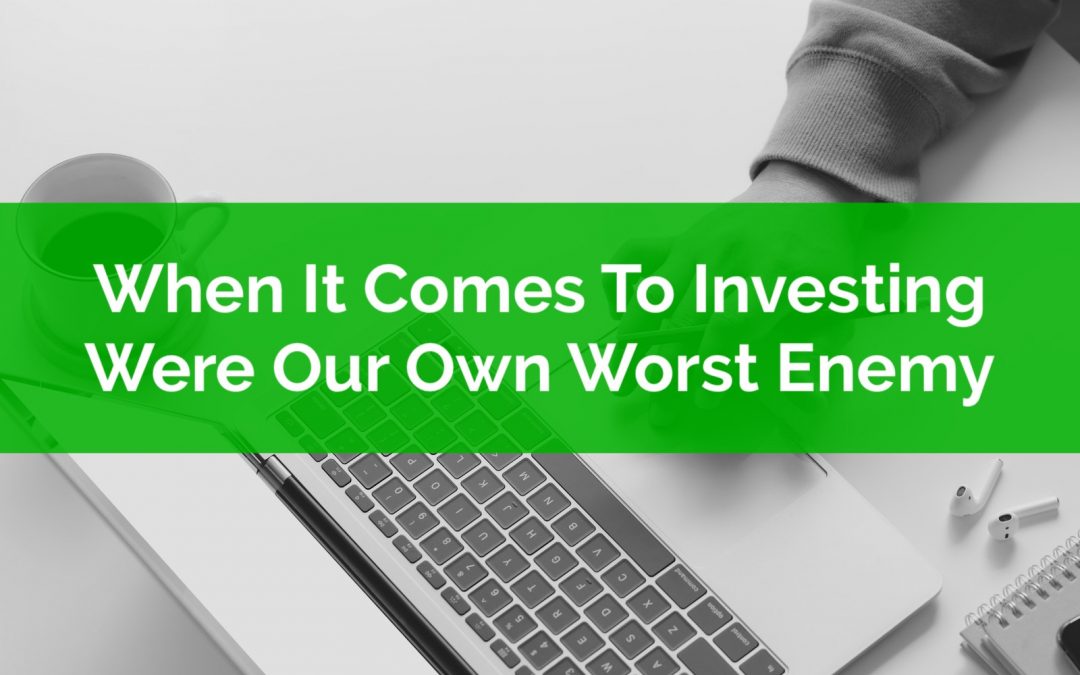
by Owen | Jan 4, 2021 | Behavioral Finance, Financial Goals, Investment Planning
As of January 1st, everyone in Canada over the age of 18 has the chance to add another $6,000 to their TFSA. If you were 18 or older in 2009 your total original contribution room would be $75,500.
But that’s just contribution room, what about investment growth?
With investment growth where would a TFSA be? How much would it be worth? And how would that compare to other historical periods?
Let me preface this post by saying I don’t like to compare personal finances. Everyone’s path is different and it’s impossible to compare apples to apples. Even in the same financial situation everyone values money differently and therefore two people with the exact same income, assets, debts etc will have very different financial plans, part of the reason why financial planning is so important, and also so interesting.
That being said, in this post we’re going to compare hypothetical TFSA balances of today with those of the past. We’ve had a great “bull run” over the last 10+ years but what would it look like if we had different set of returns? What if we looked at the best periods and the worst periods in recent history to compare how the last 10+ years stacked up?
The TFSA has been around since 2009. Each year, once you reach age 18, you accumulate TFSA contribution room. In 2021, someone who was 18 or older in 2009 would have $75,500 in original contribution room. But with investment growth where would the actual balance be?
What do you think the top 5 and bottom 5 historical periods would be? And how do you think they’d compare with the last 10+ years?

by Owen | Dec 14, 2020 | Investment Planning
Bonds and other fixed income are an important part of everyone’s plan. Bonds are great but with low interest rates and low investment returns the fees on bond funds become even more insidious.
Investment fees are always important. They’re a hidden investment expense and can easily take a large chunk of investment returns. But with low interest rates and low returns on bond funds, these fees can easily eat up 30%, 40% or over 50% of yield!
What’s worse is that there are many lower cost options out there. A lower cost bond fund could provide a similar return but at a much lower cost.
Yet despite the high fees there are still BILLIONS being held in bond funds that are now eating up 50%+ of the bond yield.
Are you invested in bonds? Are you losing 50%+ of your annual yield to fees?
Below we explore one large bond fund that holds over $20 billion in assets and eats up 56% of yield through fees! But first, let’s understand what a bond fund is and why they might form part of our investment plan.

by Owen | Nov 30, 2020 | Behavioral Finance, Financial Planning, Investment Planning
This is the time of year when everyone starts talking about investment returns. It’s been a wild ride and just months ago it would have been difficult to imagine reaching positive investment growth year over year. With the incredible ups and downs of this year, investment returns are bound to be in the headlines over the next few months.
For some people, investment growth is an important metric. They care about time weighted returns, money weighted returns, and breaking down their year over year growth by geography, sector, and even individual investments.
We, however, don’t care about investment returns.
In fact, I couldn’t tell you what our year over year returns have been this year or in past years. The only way we’d know is because our discount broker likely tracks that for us. Otherwise it’s just not a personal finance metric we put much value in.
Of course, we do care about long-term returns, but we don’t care about year over year returns, and here’s why you shouldn’t either…

by Owen | Oct 26, 2020 | Behavioral Finance, Investment Planning, Retirement Planning
Retirement is full of risk. There is longevity risk, spending risk, health risk etc. But two of the largest risks in retirement are investment risk and inflation rate risk.
What if you could transfer some (or all) of that risk to someone else? That would make retirement that much more enjoyable, less to worry about and less to stress over. There would be more time to enjoy retirement itself rather than worry about retirement finances.
The problem with risk is that it’s hard to understand and hard to quantify. We’re pretty bad at assessing risk and probability. We might look back at the accumulation phase and think that we can manage the emotional impact of investment risk and inflation risk. After all, we’ve been managing those risks for 30-40+ years before retirement, why would that change in retirement?
The difference during the decumulation phase is that those risks are exacerbated by annual investment withdrawals. In retirement, these withdrawals, necessary to support retirement spending, multiply the effect of fluctuations in investment returns and inflation rates.
During the accumulation phase, investment contributions help reduce the impact of fluctuations (dollar cost averaging is a big benefit during accumulation). During the decumulation phase however, investment withdrawals multiply the impact of fluctuations.
As you’ll see below. The based on historical standards, the variation during the accumulation phase is nothing compared with the variation that’s possible during the decumulation phase.
So, transferring retirement risk to someone can become quite appealing when transitioning into retirement. It can help reduce that variation. Transferring even a small amount of retirement risk to someone can significantly improve peace of mind. Plus, it can help create a “floor” of retirement income that is virtually guaranteed.

by Owen | Oct 19, 2020 | Behavioral Finance, Financial Goals, Financial Planning, Investment Planning
Behavioral investment pitfalls can have a significant impact on investment returns for the average investor. The impact can be anywhere from 0.5% to 1.0%+ per year. But that’s the average impact on the average investor. The reality is that this impact will manifest differently for each investor and it could be years or even decades before an individual investor gets trapped by one of these behavioral pitfalls.
An average impact of 0.5% to 1.0% makes it sound like this happens every year. While this is true on average, it actually reflects many different experiences for many individual investors.
The truth is that some investors will experience no behavioral impact on their investment return for years and years before suddenly experiencing a negative effect. The AVERAGE impact of 0.5% to 1.0% means that in a given year some people experience no impact and others experience a small or large impact.
The problem is that this can lead investors into a false sense of security. It can make it seem like everything is going well until suddenly it’s not.
In this post we’ll provide three examples of how behavioral investment pitfalls can actually manifest in an investor’s portfolio and how they impact long-term investment returns.

by Owen | Oct 12, 2020 | Behavioral Finance, Financial Planning, Investment Planning
Compounding interest is a beautiful thing. It’s like magic. Give it enough time and compounding interest can turn even the smallest amount of money into millions.
Investing CAN be as easy as that, just set it and forget it. But when it comes to investing, we’re our own worst enemy.
Without guidance, rules, plans, checks and balances, we as individuals can cause some serious damage to our investment portfolios. We’re biased in many different ways and those biases create many behavioral investing pitfalls to watch out for.
There are many different behavioral investing pitfalls to be aware of, but some are more common than others (especially now that investing is even more easy and accessible). Some can be reduced with new investment options that automatically rebalance but there is still a risk.
Are you currently making one of these three behavioral investing mistakes?!?
Page 9 of 15«...7891011...»






